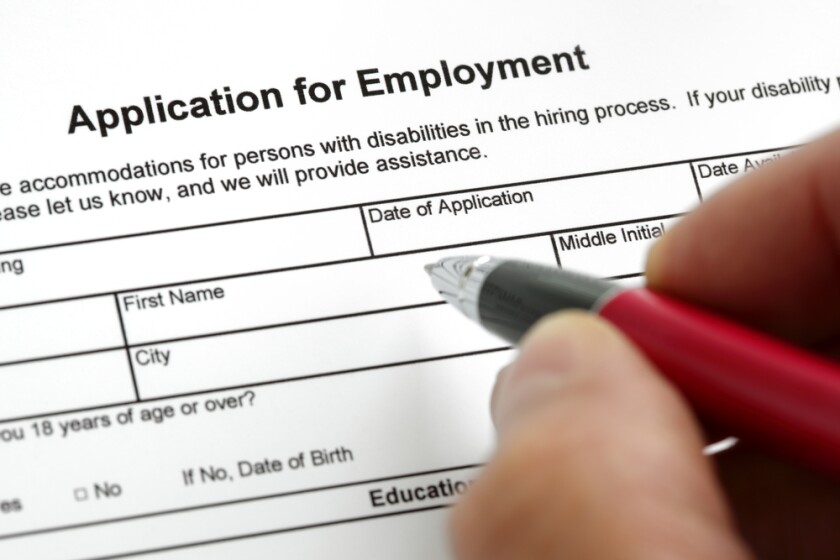In Brief:
Public transit agencies, particularly those in the biggest cities, have been badly damaged by the COVID-19 pandemic. But while most attention has been focused on diminished ridership in many cities — losses brought on by changing mobility and commuting patterns — many transit agencies have seen steep drops in workers and job applicants as well.
The struggles to attract and retain a sufficient workforce threaten the quality of transit service today and agencies’ long-term viability. A new report from TransitCenter, an advocacy group based in New York, describes how human resources practices at many organizations contribute to the problem, and could be adjusted in order to help solve it.
The report, People First: How a more strategic approach to human resources can help transit agencies attract and retain the talent they need to run great service, includes recommendations for hiring managers, agency leaders, and state and local officials.
What Is the Workforce Crisis in Transit?
Almost every transit agency in the United States reported workforce shortages in 2022, according to the report, and around 84 percent of agencies said those shortages were affecting their ability to run buses and trains. Examples include reducing the frequency of subways in Boston, delaying a bus network overhaul in Miami and suspending service on half a dozen bus lines in Seattle — all attributed to shortages of different types of workers.
“Right now we have to be fixing these problems,” Paget-Seekins says, “because even if we’ve survived the pandemic … it’s not over in terms of workforce challenges.”
Why Is It Happening?
Many agencies entered the pandemic already facing worker shortages. During the pandemic, some agencies implemented hiring freezes, and many hundreds of workers retired. Dallas Area Rapid Transit accepted 300 retirements during the pandemic and emerged with 500 vacant positions, according to the report.
The crisis is still unfolding: The public transit workforce is substantially older than many other industries’, with 42.7 percent of transit workers aged 55 or older, according to the report. Transit workers are also on the front lines of dealing with many social problems, like homelessness and addiction. Assaults on bus drivers are on the rise. Bureaucratic rules and regulations mean big agencies are often slow to adapt, which can be a source of frustration for workers. And the traditional appeal of public-sector jobs, like stability and good retirement benefits, doesn’t hold the same sway in a changing labor market, where workers tend to change jobs more frequently, Paget-Seekins says. All of these factors make hiring and retaining workers difficult.
“The key problems facing transit hiring are lack of awareness of transit jobs and their benefits, lack of training or qualifications, hiring practices that deter job seekers, and salaries and schedules that aren’t competitive,” the report says.
How Can Human Resources Departments Help?
Transit agencies can address worker shortages by improving HR practices and elevating HR — increasingly rebranded as “people and culture” departments — into the upper echelons of agency leadership, according to the report. Simple things like writing job descriptions in plain language can help: The report cites job listings in Oakland that include sections like “What you will typically be responsible for,” “A few reasons you might love this job,” and “A few challenges you might face in this job.” Other actions include increasing salaries and being more explicit about the perks of the job, like how health benefits packages can decrease the costs of having children.
One critical goal is reducing the amount of time it takes to hire new employees. Some workers told Paget-Seekins they’d received interview offers from transit agencies more than five months after applying; others reported being “ghosted” altogether. Agency HR departments should focus on reviewing applications quickly and on a rolling basis to give applicants more predictability about how long the hiring process will take and when they might begin, the report says.
How Can Agencies Plan for Long-Term Improvements?
Even if agencies managed to staff up quickly after the pandemic, they’ll face continued challenges with an aging workforce. Implementing leadership training and succession planning are important ways to prepare for the future: “Professional development and training for employees is like preventative maintenance for vehicles and infrastructure,” the report says. HR departments also need to keep abreast of technological changes that will require workers with new kinds of skill sets — including developments like real-time transit information — and create training programs that anticipate those needs.
What Can State and Local Officials Do to Help?
Agencies can make lots of improvements to hiring practices and workplace culture. But public officials need to step in in some cases. Civil service requirements in many cities lengthen the process of hiring new workers, and can often create barriers through exams and requirements that aren’t always related to the job at hand. Officials can lead the charge to reform civil service requirements in some cases. In others, they can allow transit agencies to develop HR practices independent of other aspects of government in order to meet the challenges of the workforce crisis, the report says.
Working in transit agencies has lots of potential appeal for young people, including a sense of mission around climate action and racial justice, Paget-Seekins says. But those opportunities need to be better packaged.
“Public-sector transit jobs are good jobs. They’re meaningful. We just have to be able to reduce the barriers to getting into them and staying in them,” she says.













